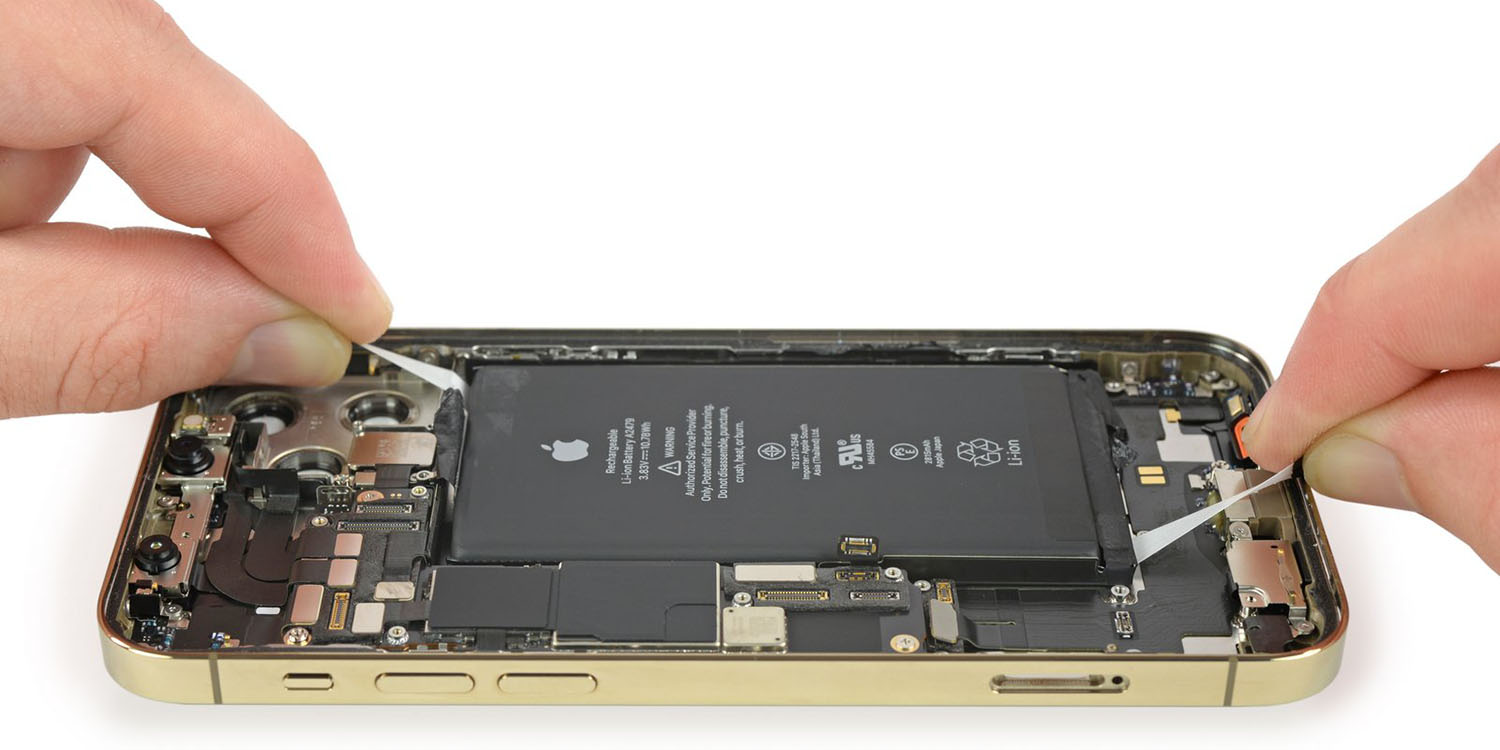The iPhone 12 series was launched a short while ago and we are already hearing reports of its successor, the iPhone 13, and we’ve heard two new rumors on future iPhones, although only one is explicitly linked to this 2021 Apple smartphone.
The first rumor relates to the battery capacity of the iPhone 13 – as mentioned by 9to5mac – where Ming-Chi Kuo, a respected analyst and famous leak to Apple News, stated: “We expect that the iPhone 13 will be the first iPhone model to adopt the technology of the soft plate of the battery, which helps in Save interior space and reduce costs ”.

The battery soft-plate technology is generally smaller than that currently used in iPhones, which may help Apple in its quest to continue rolling out smaller smartphones such as the iPhone 12 mini or make the batteries of higher capacity in iPhone 13 phones than those currently in use.
Either way, this means that if Apple maintains the same battery capacity between iPhone 12 and iPhone 13, the actual battery will be smaller.
The second rumor comes from Patently Apple, which registered a patent for Apple, where the patent describes a (protective charging) mode for iPhones that would stop the phone fully charging if you left it plugged in. Usually, if you overcharge smartphones, the battery’s ability to hold a charge will be reduced, and over time these results will appear in the battery life that becomes shorter. And protective charging will delay the phone completely charging, until the time you choose.
This is very similar to a similar feature on Sony Xperia phones – using it to tell the phone when you would normally wake up, and the device is charged in order to reach 100 percent at that specific time, so you can run your device overnight without worrying about hardware damage.
Since this is a patent, it is not certain that we will see this feature in future phones or in the iPhone 13 but it will definitely be useful for those who have had bad experiences with iPhone battery life in the past.
We also don’t know if this feature will be a feature that requires new hardware, thus launching a new iPhone, or something that can be enabled via an iOS software update. If this is the case, it could mean that current iPhone users will be able to benefit from the technology in the future.
